Tag Archives herbicides

French court bans sale of two Touchdown glyphosates
Court cites lack of analysis of effects on wildlife
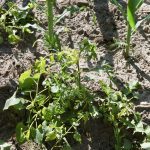
Research into weed interference uncovers new crop growth ideas
Long-held standards are being challenged

What’s next for precision spray application?
It’s AI technologies that incorporate a deeper learning, says Australian expert
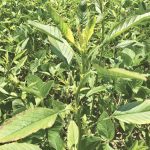
Managing Ontario’s devious weed duo
Strategies offered on how to deal with herbicide-resistant fleabane and waterhemp
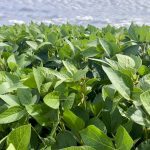
How to keep soybeans weed-free
Design weed control plans to help the crop out-compete problem weeds

How intensive agriculture turned a wild plant into a pervasive weed
Science Notes: Herbicide resistance continues to challenge growers
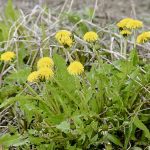
Interest wanes in biopesticides, says scientist
A variety of roadblocks can impede commercialization of biological crop protection products, making them too expensive

Minimizing spray drift on fields
Here are some ways to help keep your pesticides on target
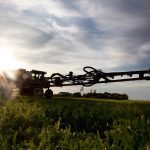
Opinion: The many tools of agriculture

Study shows amines can go airborne
Science Notes: Finding may help explain how dicamba drift occurs
